Red/Blue Switcharoo: Dixie Dems Disappear while Reps Rise
by Anthony Sibley (AJ) on Jul 19, 2013 | Views: 207 | Score: 0
| South | Mid-Atlantic | Pacific Coast | Midwest | New England | |
|---|---|---|---|---|---|
| 1925 | 97.1 | 26.4 | 19 | 16.7 | 12.5 |
| 1937 | 98 | 68 | 80 | 72.2 | 44.8 |
| 1949 | 98.1 | 48.4 | 36.4 | 43.7 | 39.3 |
| 1961 | 93.4 | 48.9 | 51.2 | 40.7 | 50 |
| 1973 | 68.2 | 53.8 | 58.9 | 37.6 | 60 |
| 1979 | 71.4 | 63.8 | 66.1 | 55.3 | 72 |
| 1987 | 66.4 | 56.9 | 59 | 57.5 | 62.5 |
| 1995 | 48.8 | 50 | 49.3 | 43.2 | 60.9 |
| 2005 | 37.4 | 54.8 | 63.8 | 40.6 | 72.7 |
| 2009 | 45 | 74.2 | 65.7 | 56.5 | 100 |
| 2013 | 29 | 60.3 | 70.4 | 38.4 | 100 |
Percentage of Democratic US Representatives from Region
Strength of Democratic Party in US House
Sources:
brookings.edu

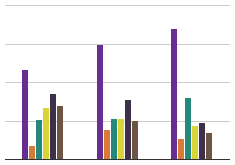
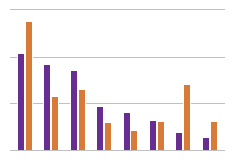
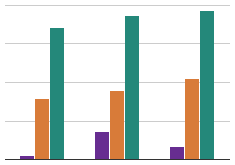
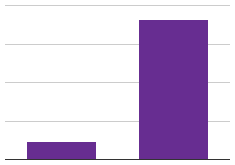
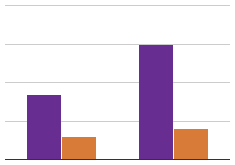
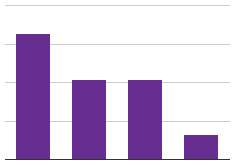
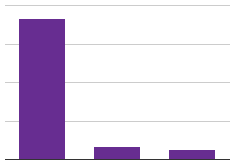
New England = Republican Stronghold. South = Democratic Dominion. These associations are so contrary to our modern-day perspectives, but not 80 years ago, they were age-old truths. With the liberalization of the Democratic party in the 60s, namely, its civil rights advocacy, the South, and later, Midwest, became quickly disillusioned with their Democrats. Meanwhile, the rest warmed up to them.